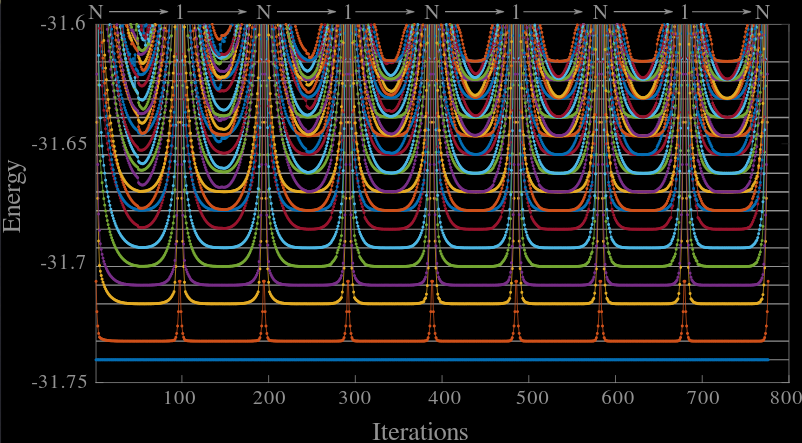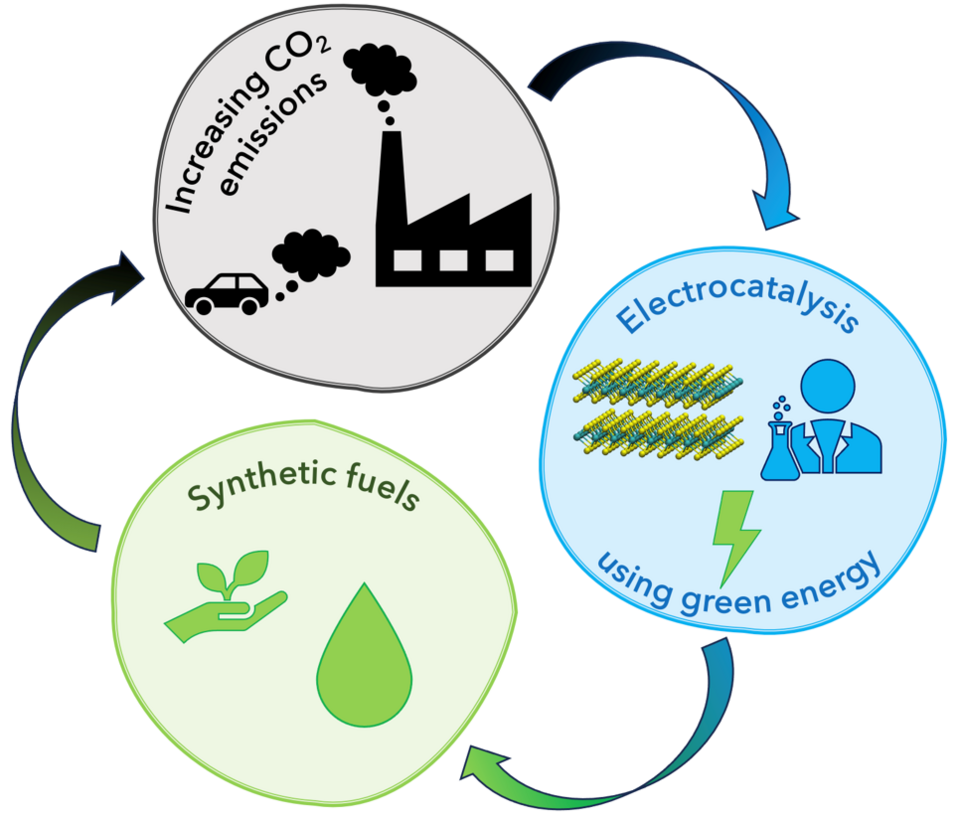About DHPC
Scientists increasingly need extensive computing power to solve complex problems in physics, mechanics and dynamics. The Delft High Performance Computing Centre (DHPC) deploys the infrastructure (hardware, software and staff) for TU Delft that is capable of complex analysis and modelling for researchers. At the same time we provide Bachelor, Master and PhD students with hands-on experience using the tools they will need in their careers.
Both high-performance simulations and high-performance data science are evolving rapidly and the combination of these techniques will lead to completely new insights into science and engineering, an increase in innovation, and the training of high-performance computing engineers for the future.
Due to the rapidly evolving hardware and tools for numerical simulations, HPC has significantly changed the way fundamental research is conducted at universities. Simulations not only replace experiments, but also add very valuable fundamental insights. We see the results in all kinds of disciplines, such as materials science, fluid dynamics, quantum mechanics, design optimization, big data mining and artificial intelligence.





